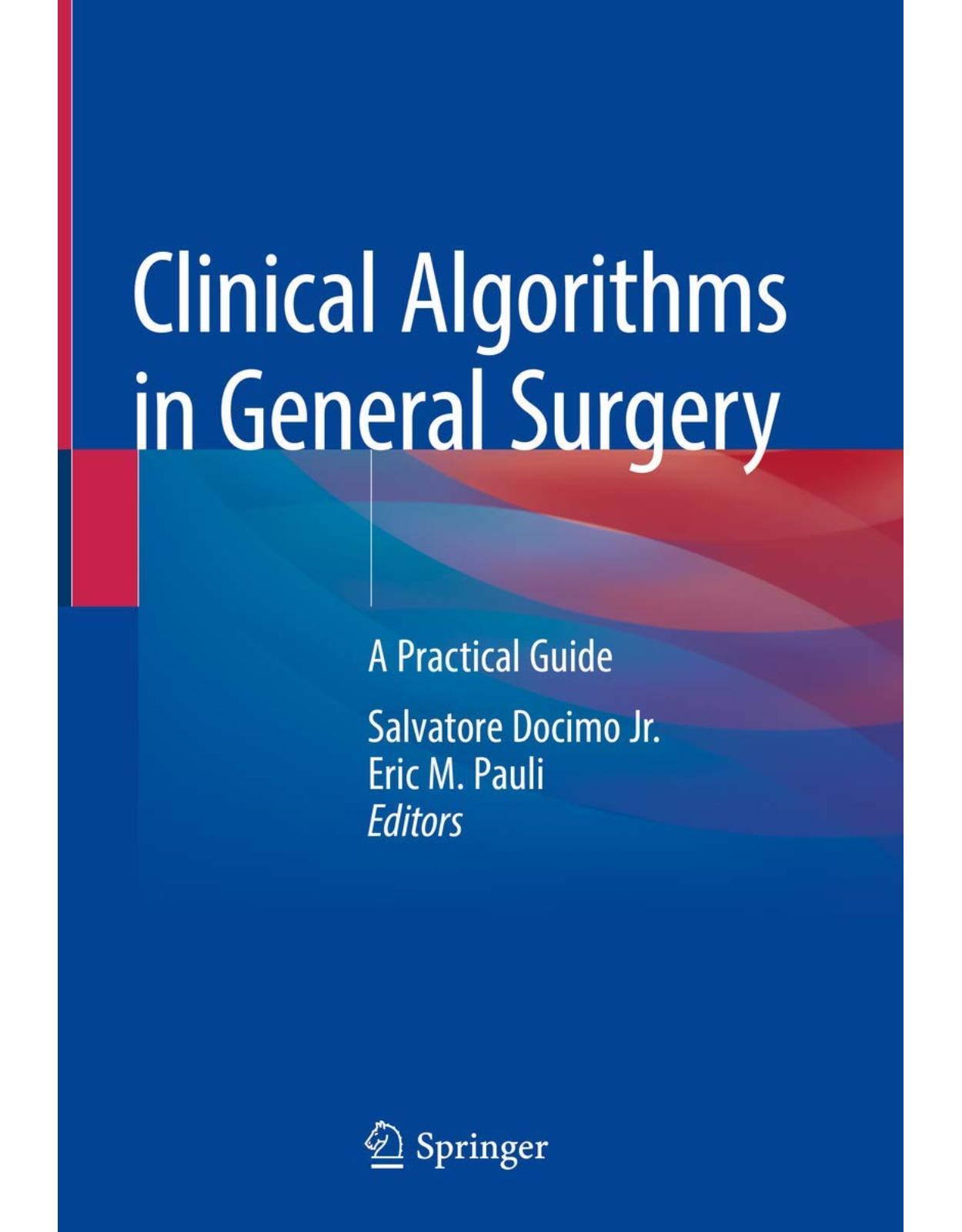
Clinical Algorithms in General Surgery: A Practical Guide
Livrare gratis la comenzi peste 500 RON. Pentru celelalte comenzi livrarea este 20 RON.
Disponibilitate: La comanda in aproximativ 4 saptamani
Editura: Springer
Limba: Engleza
Nr. pagini: 873
Coperta: Hardcover
Dimensiuni: 22.1 x 4.83 x 25.91 cm
An aparitie: 08-May-19
Description:
As the field of general surgery continues to expand, the diagnostic and therapeutic pathways are becoming more complex. The diagnostic modalities available to the clinician can be both very helpful but also overwhelming considering the findings can often determine the scope of treatment for a patient. This text will take the major pathologies of the systems commonly studied in general surgery and present them in a unique format based upon algorithms. The algorithms will begin with the clinical presentation of the patient, work its way through the various diagnostic modalities available to the surgeon, and finally allow the physician to make a decision regarding treatment options based upon various patterns in the algorithms. This text will become a very useful resources for surgeons as it allows complex clinical pathways to be conveniently organized in logical algorithms. It will become a concise yet comprehensive manual to assist in clinical decision making. All algorithms will be reviewed by experts in their field and include the most up-to-date clinical and evidence-based information. Clinical Algorithms in General Surgery provides a useful resource for surgeons in clinical practice as well as surgical residents, and surgical attendings who are preparing for board examinations. See sample algorithm in Attachments.
Table of Contents:
Part I. Skin and Soft Tissue
1. Management of Cutaneous Melanoma
2. Basal Cell Carcinoma
3. Squamous Cell Carcinoma
4. Management of Soft Tissue Sarcoma
5. Necrotizing Soft Tissue Infection
Part II. Head and Neck
6. Management of Squamous Cell Carcinoma of the Oropharynx
7. Evaluation of Neck Mass
8. Evaluation of an Enlarged Cervical Lymph Node
9. Salivary Gland Tumors
Part III. Thoracic
10. Massive Hemoptysis
11. Mediastinal Masses
12. Tracheal Stenosis
13. Incidental Lung Nodule
14. Management of Lung Cancer
15. Management of Empyema
16. Management of Spontaneous Pneumothorax
17. Thoracoabdominal Aortic Aneurysm
Part IV. Breast
18. Nipple Discharge
19. Breast Mass Evaluation
20. Ductal Carcinoma In Situ
21. Lobular Carcinoma In Situ
22. Enlarged Axillary Lymph Node
23. Metastatic Breast Cancer
24. Recurrent Breast Cancer
25. Paget’s Disease
26. Locoregional Recurrence of Breast Cancer
27. Metastatic Breast Cancer
28. Inflammatory Breast Cancer
29. Breast Reconstruction
30. Management of Male Breast Cancer
Part V. Esophagus
31. Management of Esophageal Motility Disorders
32. Management of Achalasia
33. Barrett’s Esophagitis
34. Gastroesophageal Reflux Disease
35. Hiatal Hernia
36. Esophageal Carcinoma
37. Esophageal Perforation
38. Acidic and Basic Injuries
Part VI. Stomach and Duodenum
39. Gastric Ulcer Management
40. Duodenal Ulcer Management
41. Complications of Peptic Ulcer Disease
42. Management of Recurrent Peptic Ulcer Disease
43. Management of Gastric Cancer
44. Management of Gastrointestinal Stromal Tumors
45. Management of Upper Gastrointestinal Hemorrhage
Part VII. Small Bowel
46. Small Bowel Obstruction
47. Small Bowel Tumors
48. Management of Small Bowel Neuroendocrine Tumors
49. Management of Enterocutaneous Fistulas
50. Management of Crohn’s Disease
51. Management of Postoperative Ileus
52. Management of Gallstone Ileus
53. Management of Short Bowel Syndrome
Part VIII. Large Bowel
54. Management of Lower Gastrointestinal Bleeding
55. Management of Diverticulitis
56. Management of Large Bowel Obstruction
57. Management of Colonic Pseudo-Obstruction
58. Management of Colonic Volvulus
59. Appendicitis
60. Ulcerative Colitis
61. Crohn’s Colitis
62. Ischemic Colitis
63. Clostridium difficile Colitis
64. Hereditary Colorectal Cancer Syndromes
65. Colorectal Polyps
66. Colon Cancer
Part IX. Rectum and Anus
67. Rectal Prolapse
68. Solitary Rectal Ulcer Syndrome
69. Rectal Cancer
70. Rectovaginal Fistula
71. Management of Hemorrhoids
72. Management of Anal Fissure
73. Management of Perianal Abscess and Fistula-in-Ano
74. Management of Anal Cancer
75. Management of Fecal Incontinence
Part X. Liver
76. Evaluation of Liver Nodule
77. Cystic Diseases of the Liver
78. Management of Benign Liver Masses
79. Hepatic Abscess
80. Malignant Liver Tumors (Metastatic Liver Disease)
81. Diagnosis and Management of Hepatocellular Carcinoma
82. Diagnosis and Management of Primary Sclerosing Cholangitis
83. Portal Hypertension and Shunting
Part XI. Biliary
84. Acute Cholecystitis and Biliary Colic
85. Acalculous Cholecystitis
86. Postcholecystectomy
87. Management of Postcholecystectomy Cholangitis
88. Management of Choledocholithiasis
89. Acute Cholangitis
90. Cholangiocarcinoma
91. Diagnosis and Management of Gallbladder Cancer
92. Choledochal Cysts
93. Cholecystectomy of the Pregnant Patient
Part XII. Pancreas
94. Acute Pancreatitis
95. Chronic Pancreatitis
96. Pancreas Divisum
97. Walled-Off Pancreatic Fluid Collections
98. Periampullary Carcinoma
99. Management of Intraductal Papillary Mucinous Neoplasms
100. Pancreatic Necrosis
Part XIII. Spleen
101. Management of Splenic Abscess
102. Atraumatic Indications for Splenectomy
Part XIV. Thyroid/Parathyroid
103. Hypothyroidism
104. Hyperthyroidism
105. Thyroiditis
106. Goiter
107. Thyroid Nodule
108. Thyroid Cancer
109. Hyperparathyroidism
Part XV. Endocrine
110. Cushing’s Syndrome and Disease
111. Primary Hyperaldosteronism (Conn’s Syndrome)
112. Glucagonoma
113. Management of Pheochromocytoma
114. Management of Aldosteronoma
115. Management of Gastrinoma
116. Management of Insulinoma
117. Management of Somatostatinoma
118. Management of VIPoma
Part XVI. Pediatric
119. Congenital Diaphragmatic Hernia
120. Tracheoesophageal Fistula
121. Other Diaphragmatic Hernias: Late-Presenting Bochdalek Hernia, Morgagni Hernia, and Giant Hiatal Hernia of Infancy
122. Duodenal Obstruction in Newborns
123. Small Intestinal Atresia
124. Management of Malrotation
125. Management of Imperforate Anus
126. Hirschsprung Disease
127. Pediatric Inguinal Hernia
128. Meconium Ileus
129. Pediatric Intussusception
130. Pyloric Stenosis
131. Necrotizing Enterocolitis
132. Omphalocele and Gastroschisis
133. Biliary Atresia
Part XVII. Vascular
134. Carotid Artery Stenosis
135. Abdominal Aortic Aneurysm
136. Ruptured Abdominal Aortic Aneurysm
137. Aortic Dissection
138. Acute Lower Extremity Ischemia
139. Chronic Lower Extremity Ischemia
140. Intermittent Claudication
141. Acute Deep Venous Thrombosis
142. Management of Acute Mesenteric Ischemia
143. Management of Chronic Mesenteric Ischemia
144. Thoracic Outlet Syndrome
145. AV Shunt Complications
Part XVIII. Genitourinary
146. Management of the Renal Mass
147. Prostate Cancer
148. Management of Scrotal/Testicular Mass
149. Diagnosis and Management of Fournier’s Gangrene
Part XIX. Trauma
150. Hypotension and Blunt Abdominal Trauma
151. Traumatic Brain Injury
152. Penetrating Neck Trauma
153. Penetrating Chest Trauma
154. ED Thoracotomy
155. Blunt Chest Wall Trauma
156. Blunt Cardiac Injury
157. Deceleration Injury: Blunt Aortic Injury
158. Penetrating Abdominal Trauma
159. Blunt Abdominal Trauma
160. Management Algorithm for Acute and Chronic Diaphragmatic Injuries
161. Management of Traumatic Liver Injuries
162. Management of Pancreatic Trauma
163. Management of Traumatic Splenic Injuries
164. Management of Kidney and Ureter Injuries
165. Urethral Trauma
166. Pelvic Fractures
167. Bladder Injuries
168. Rectal Injuries
169. Extremity Compartment Syndrome
Part XX. Critical Care
170. Management of Intracranial Hemorrhage
171. Airway Management
172. Intubation and Extubation
173. Acute Respiratory Distress Syndrome (ARDS)
174. Management of Sepsis
175. Management of Shock
176. Blood Transfusion Indications
177. Abdominal Compartment Syndrome
178. Acute Renal Failure
179. Postoperative Pulmonary Emboli
180. Burns Management
181. Acid-Base Disorders
Part XXI. Electrolytes
182. Hyponatremia
183. Hypernatremia
184. Hypokalemia
185. Hyperkalemia
186. Management of Hypocalcemia
187. Management of Hypercalcemia
188. Paradoxical Aciduria
Part XXII. Hernia
189. Inguinal Hernia
190. Recurrent Inguinal Hernia
191. Femoral Hernia
192. Obturator Hernia
193. Ventral Hernia Repair
194. Incarcerated and Strangulated Hernia
195. Management of Open Abdomen
196. Abdominal Wall Reconstruction
Part XXIII. Bariatric Surgery
197. Indications for Bariatric Surgery
198. Work-Up of Abdominal Pain in the Bariatric Patient
199. Internal Hernia: Diagnosis and Treatment
200. Marginal Ulcer: Diagnosis and Treatment
201. Ventral Hernia Repair in Bariatric Patients
202. Acute Leak Following Bariatric Surgery: Endoscopic Stent Management
203. Vitamin and Micronutrient Deficiencies After Bariatric Surgery
Part XXIV. Pregnancy and General Surgery
204. Pregnancy and Cholelithiasis
205. Pregnancy and Appendicitis
206. Pregnancy and Breast Cancer
207. Pregnancy and Hernia
Back Matter
| An aparitie | 08-May-19 |
| Autor | Salvatore Docimo Jr., Eric M. Pauli |
| Dimensiuni | 22.1 x 4.83 x 25.91 cm |
| Editura | Springer |
| Format | Hardcover |
| ISBN | 9783319984964 |
| Limba | Engleza |
| Nr pag | 873 |
-
1,20900 lei 1,05700 lei
-
89100 lei 71400 lei

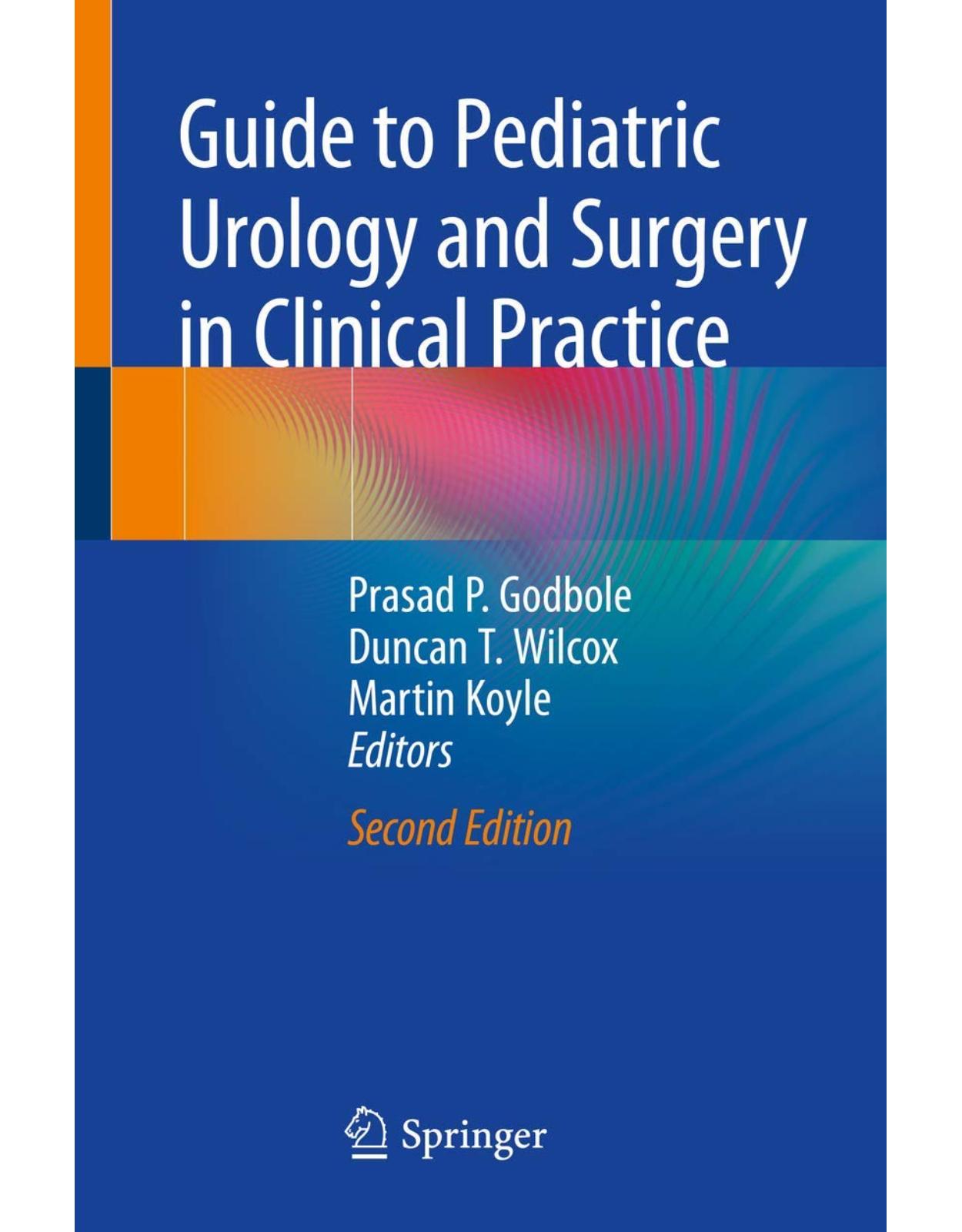
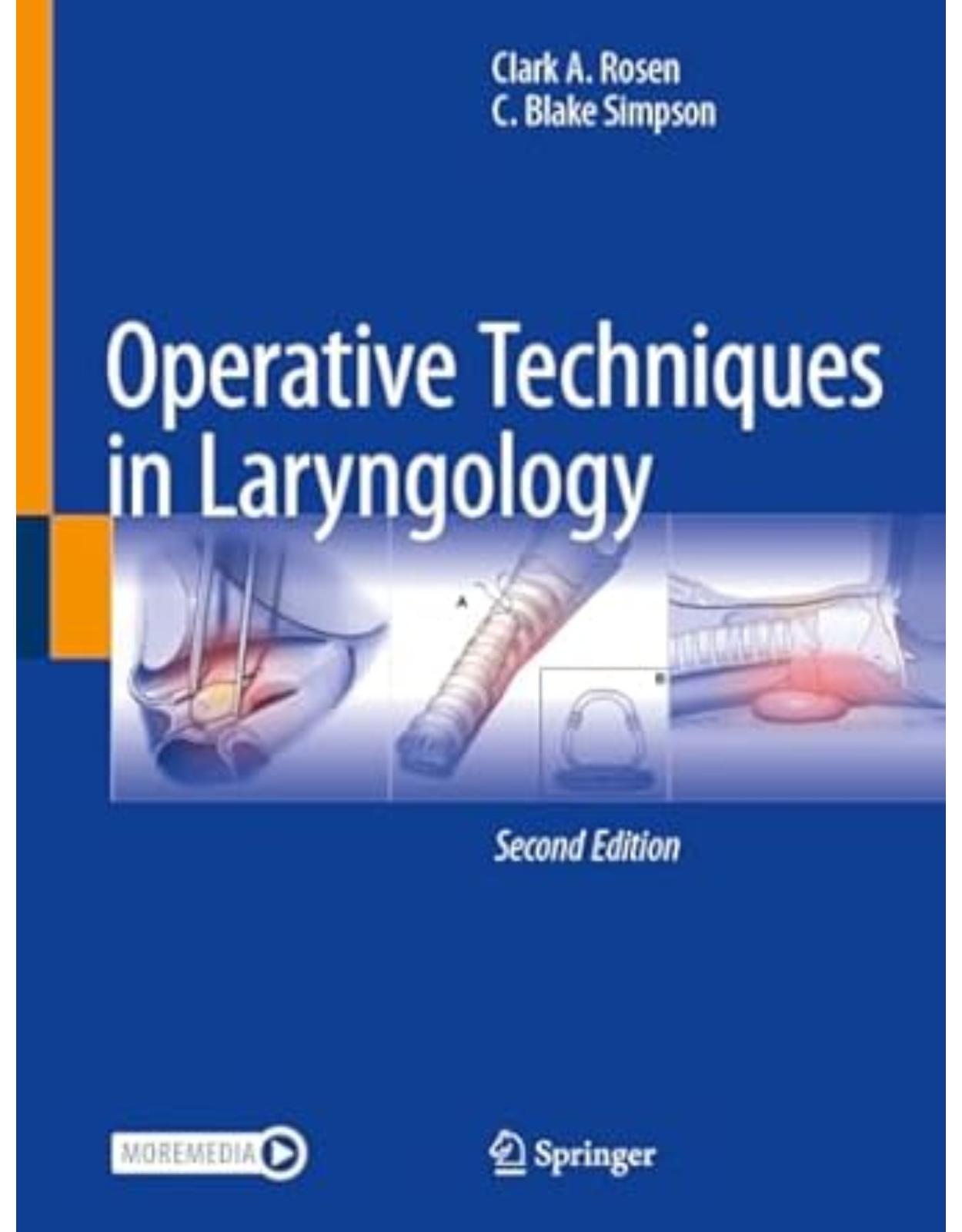
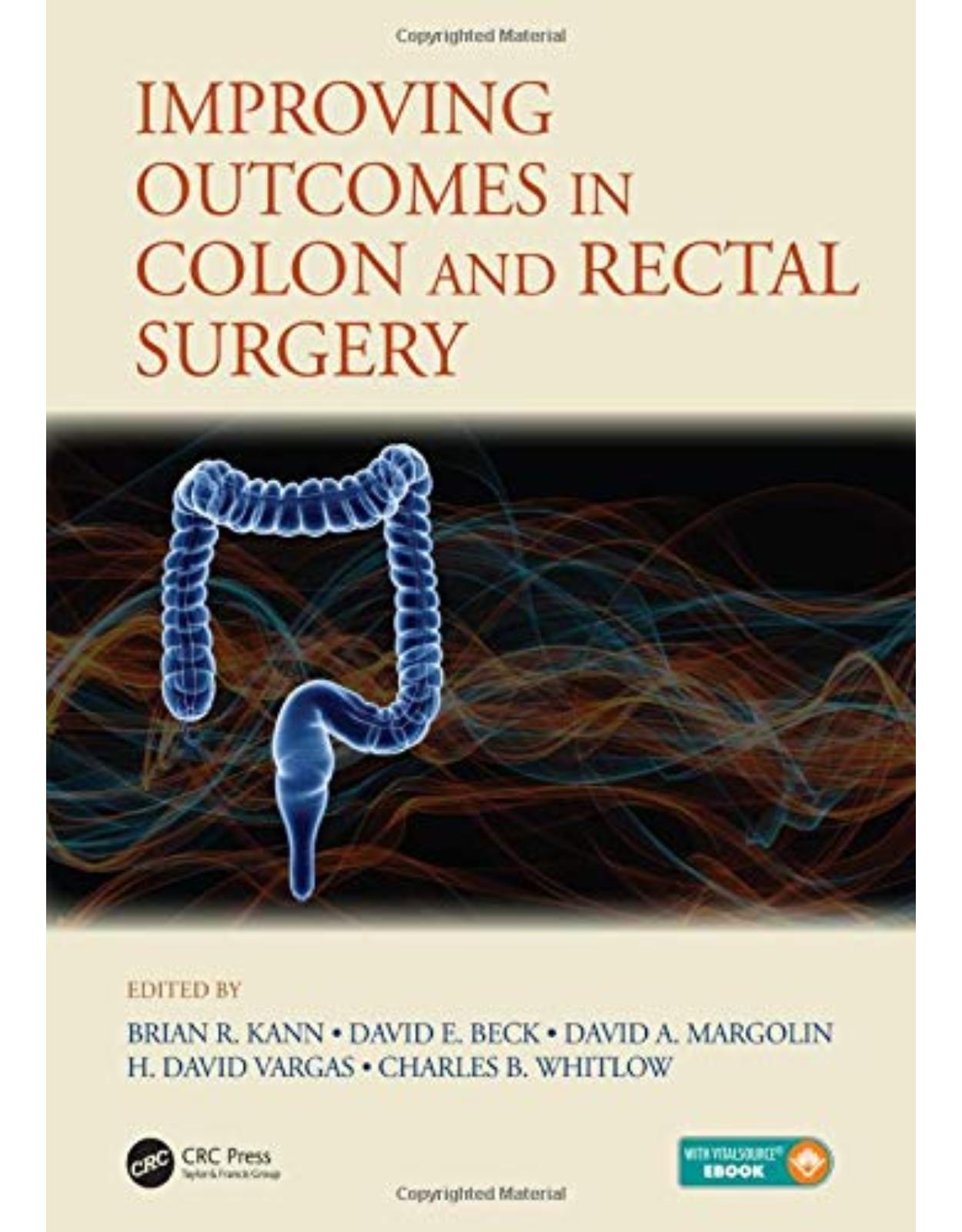
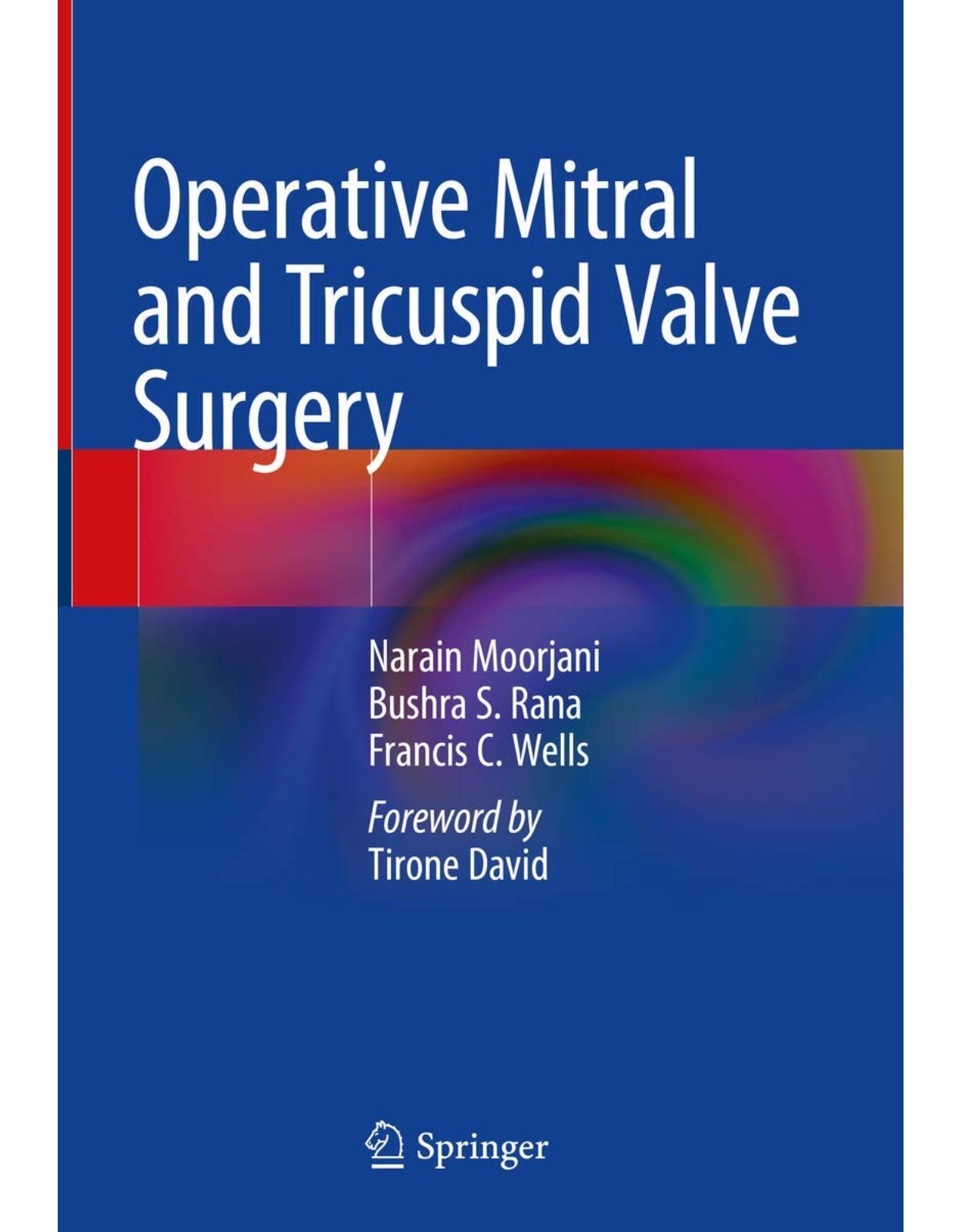
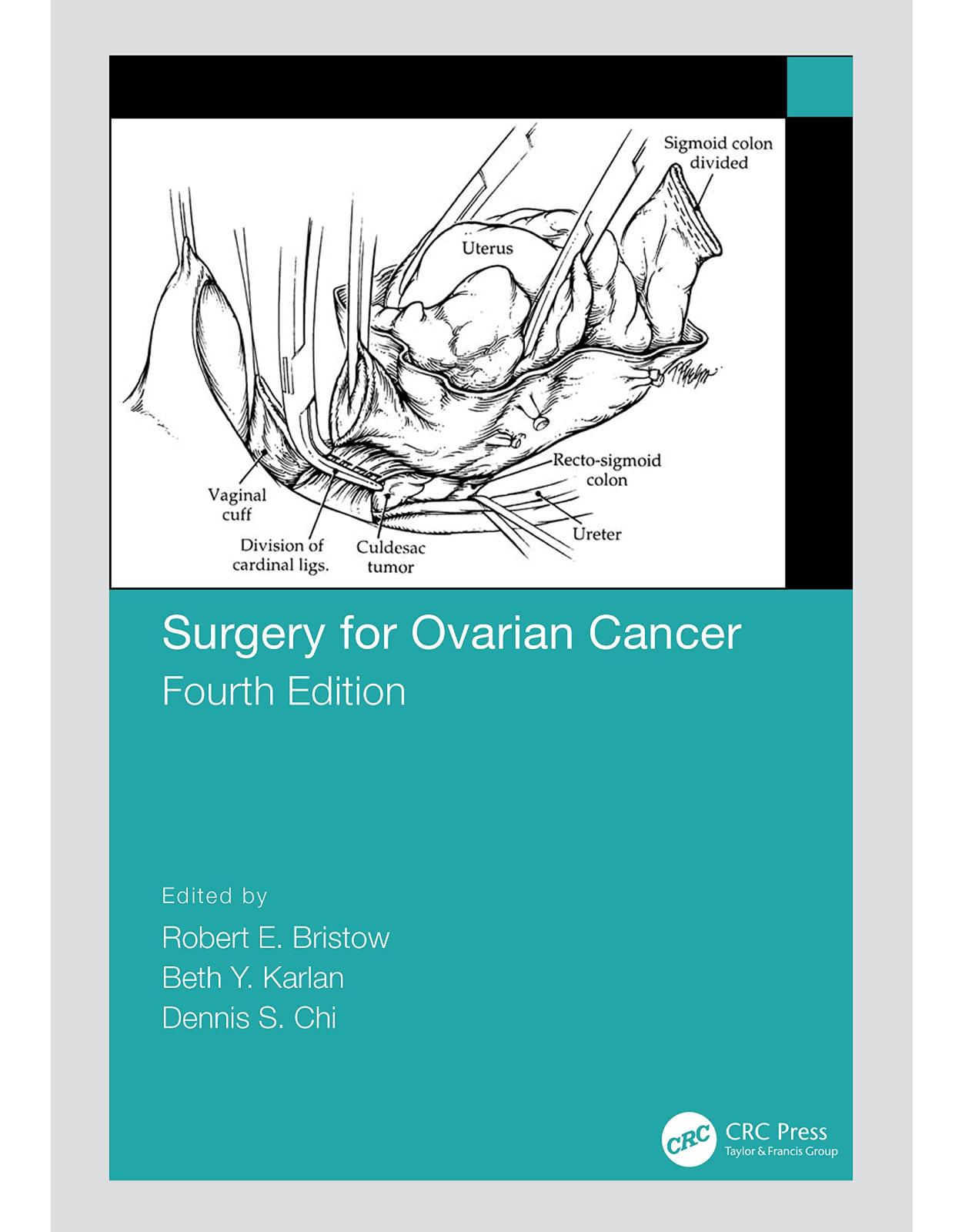
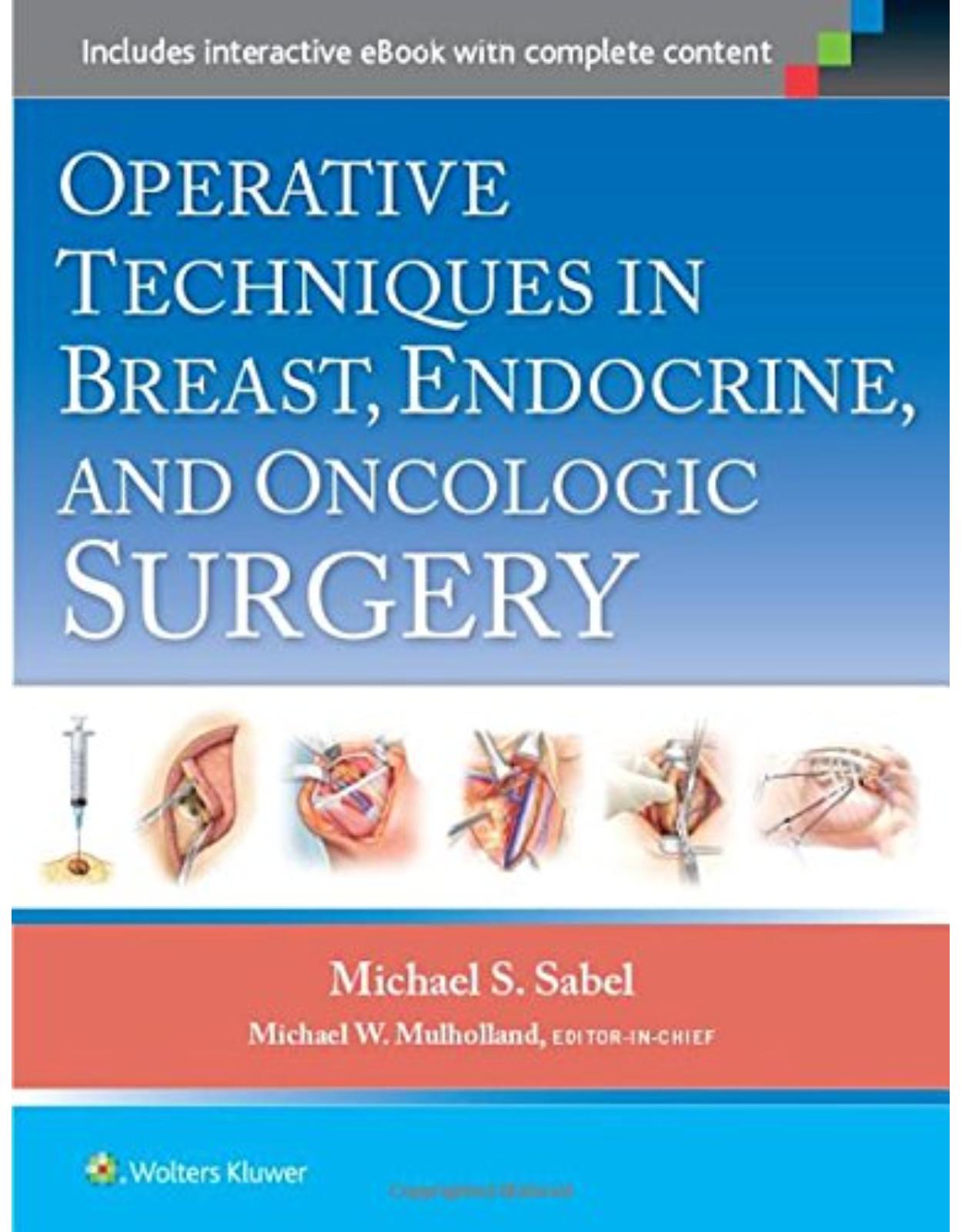
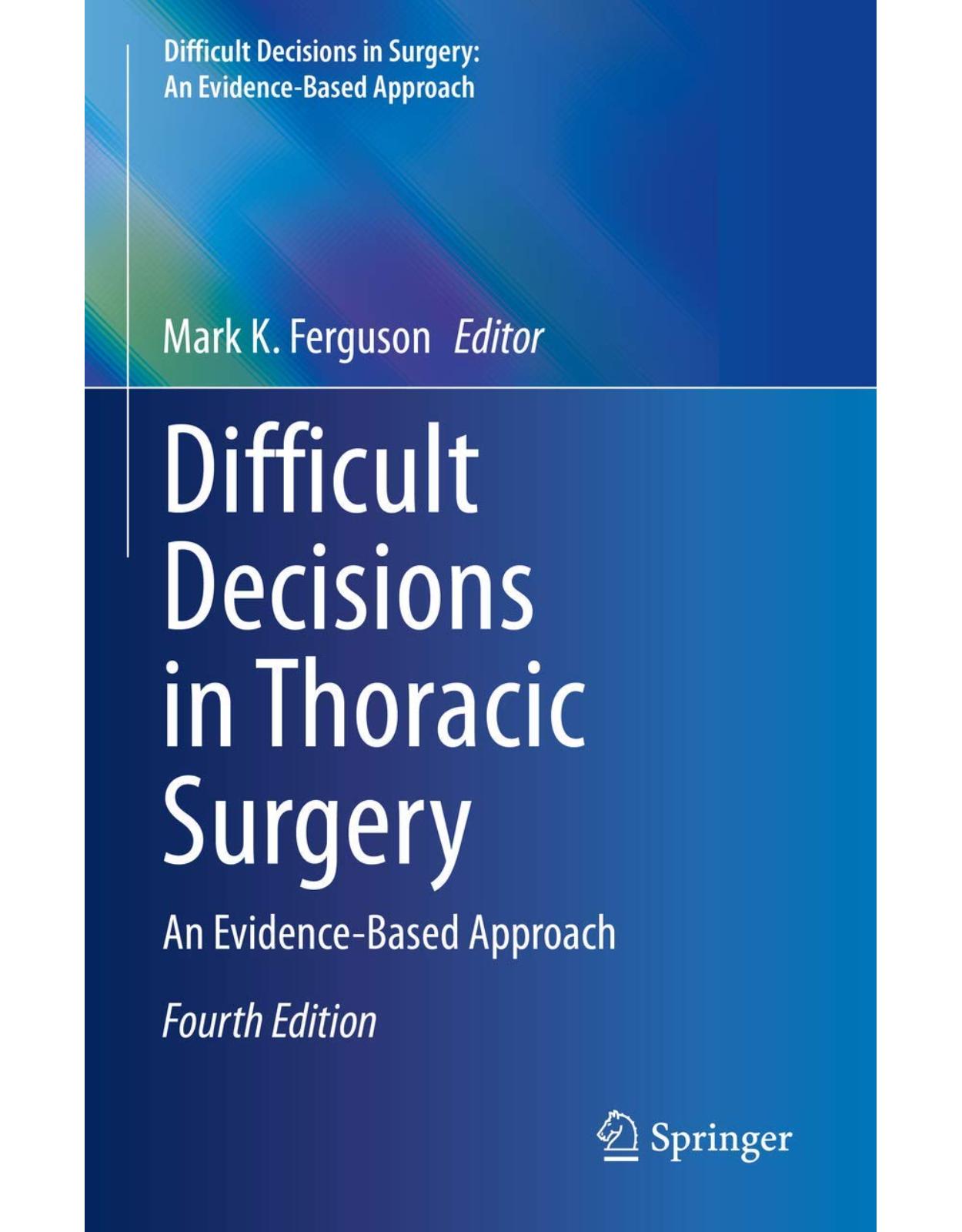
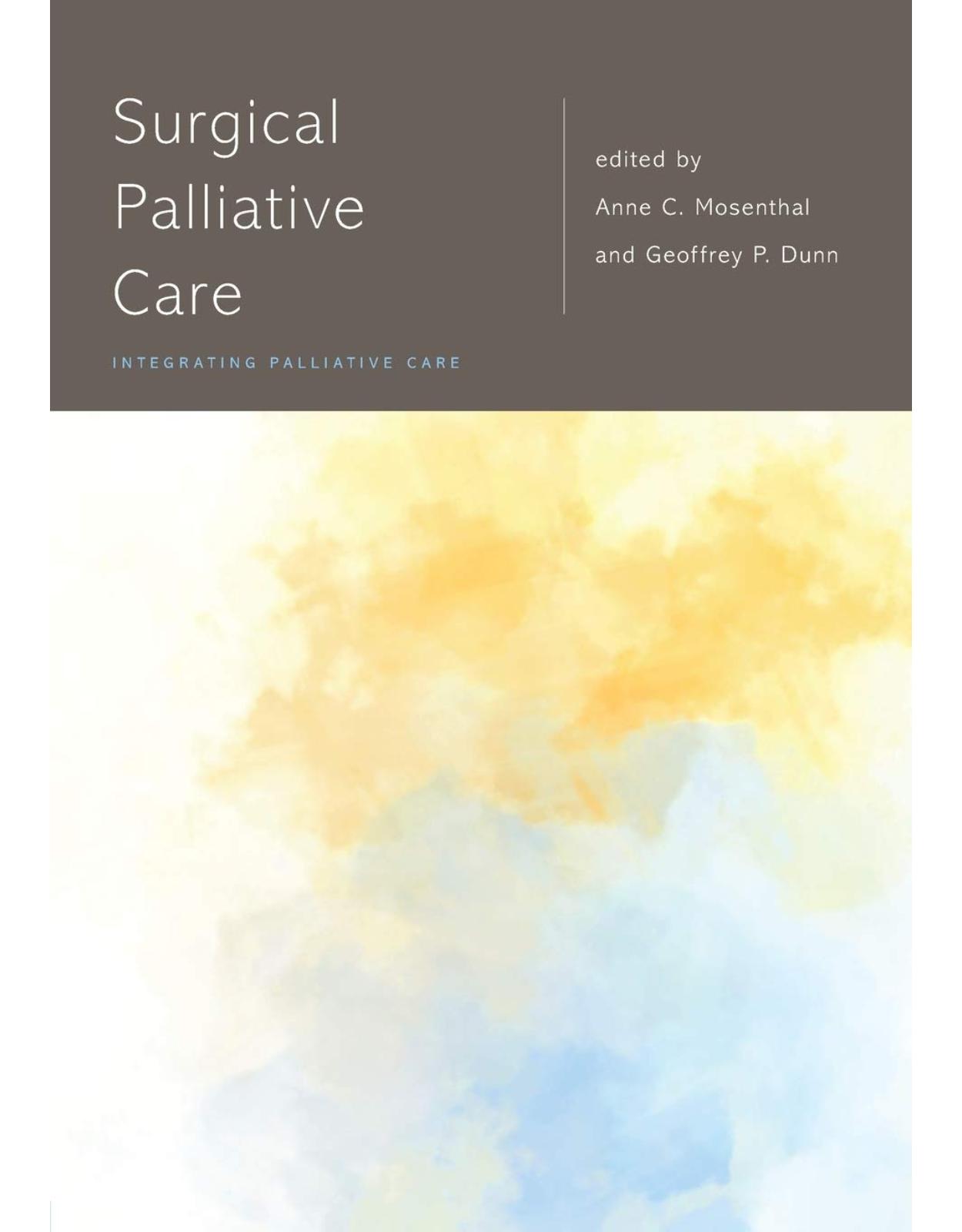
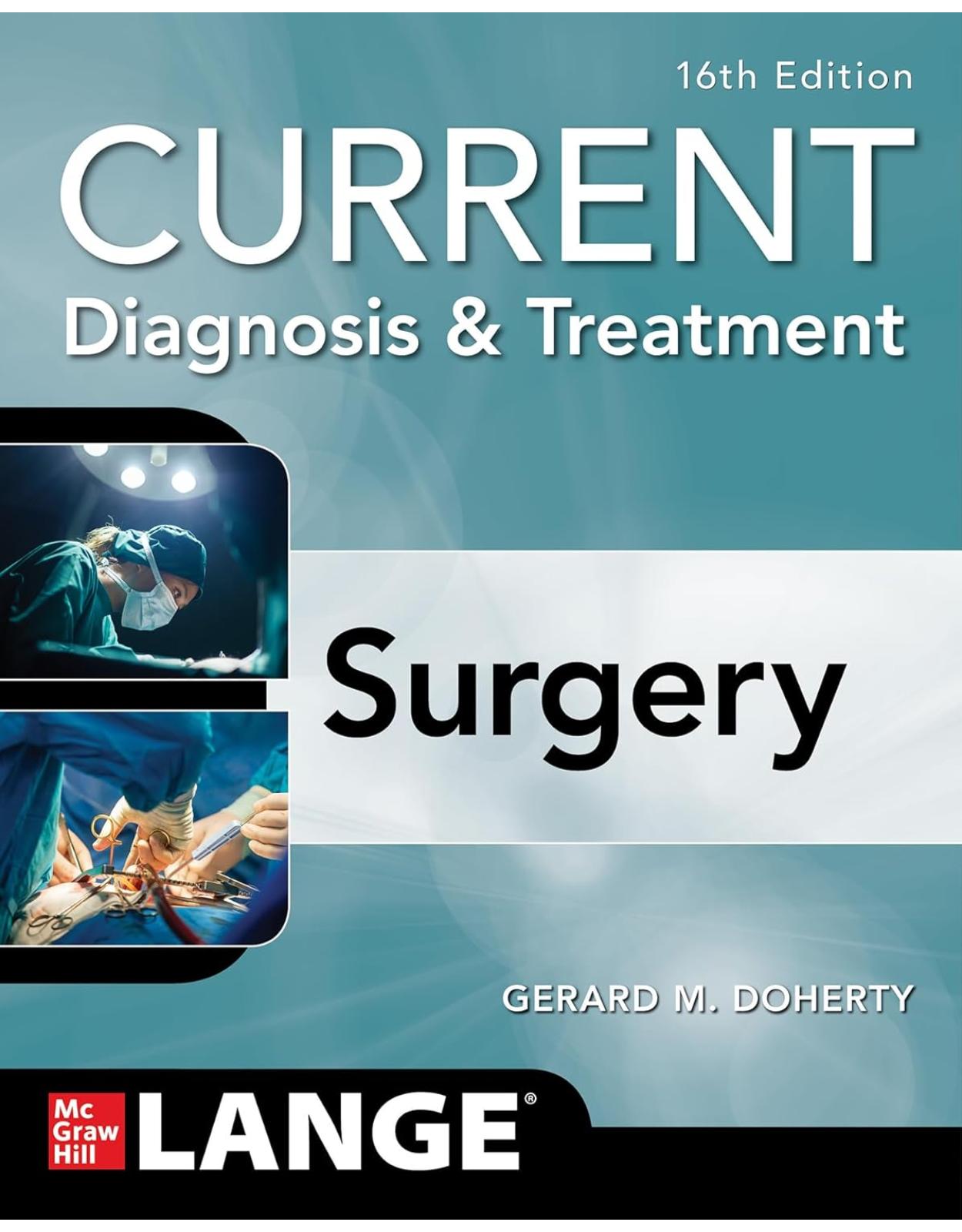
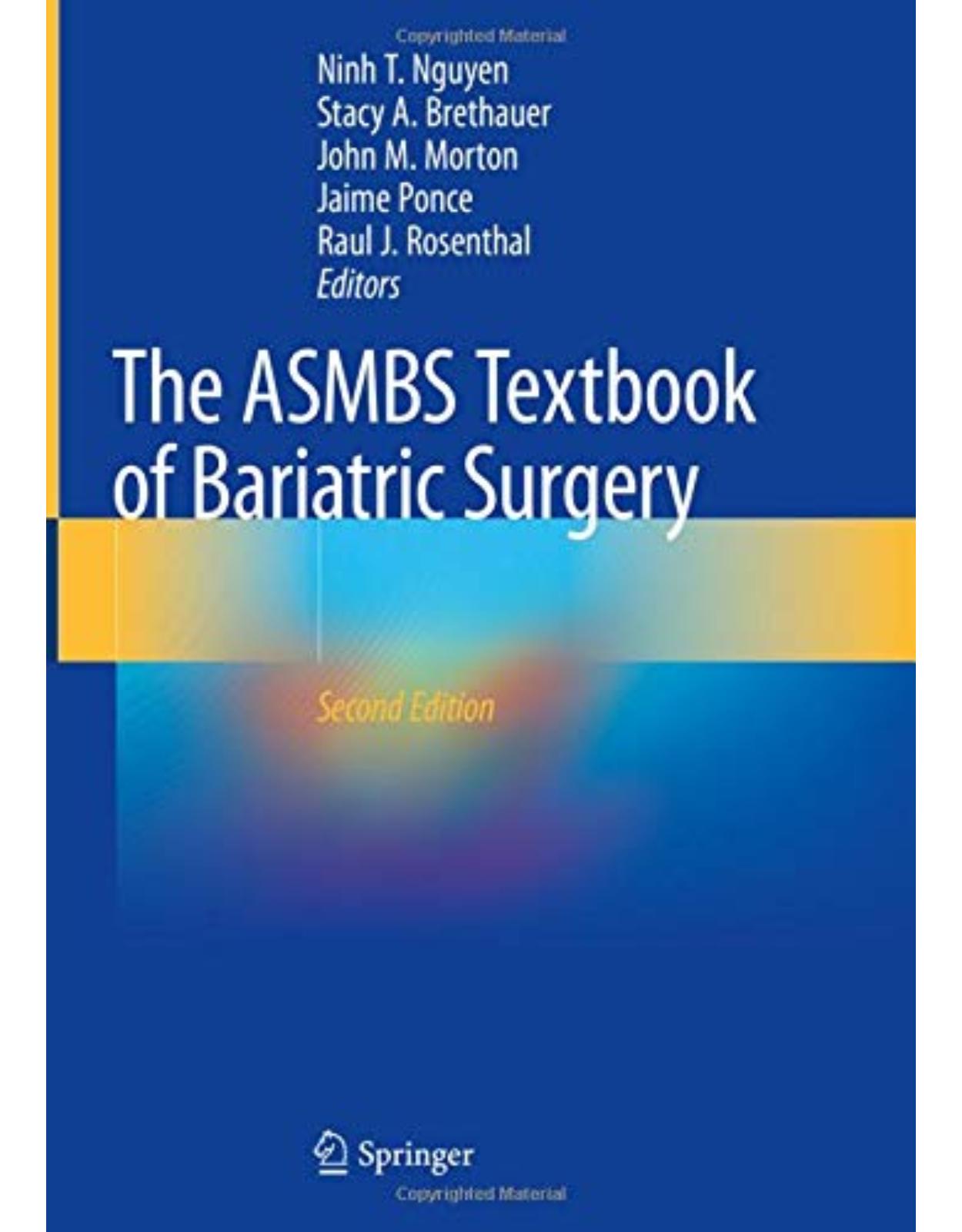
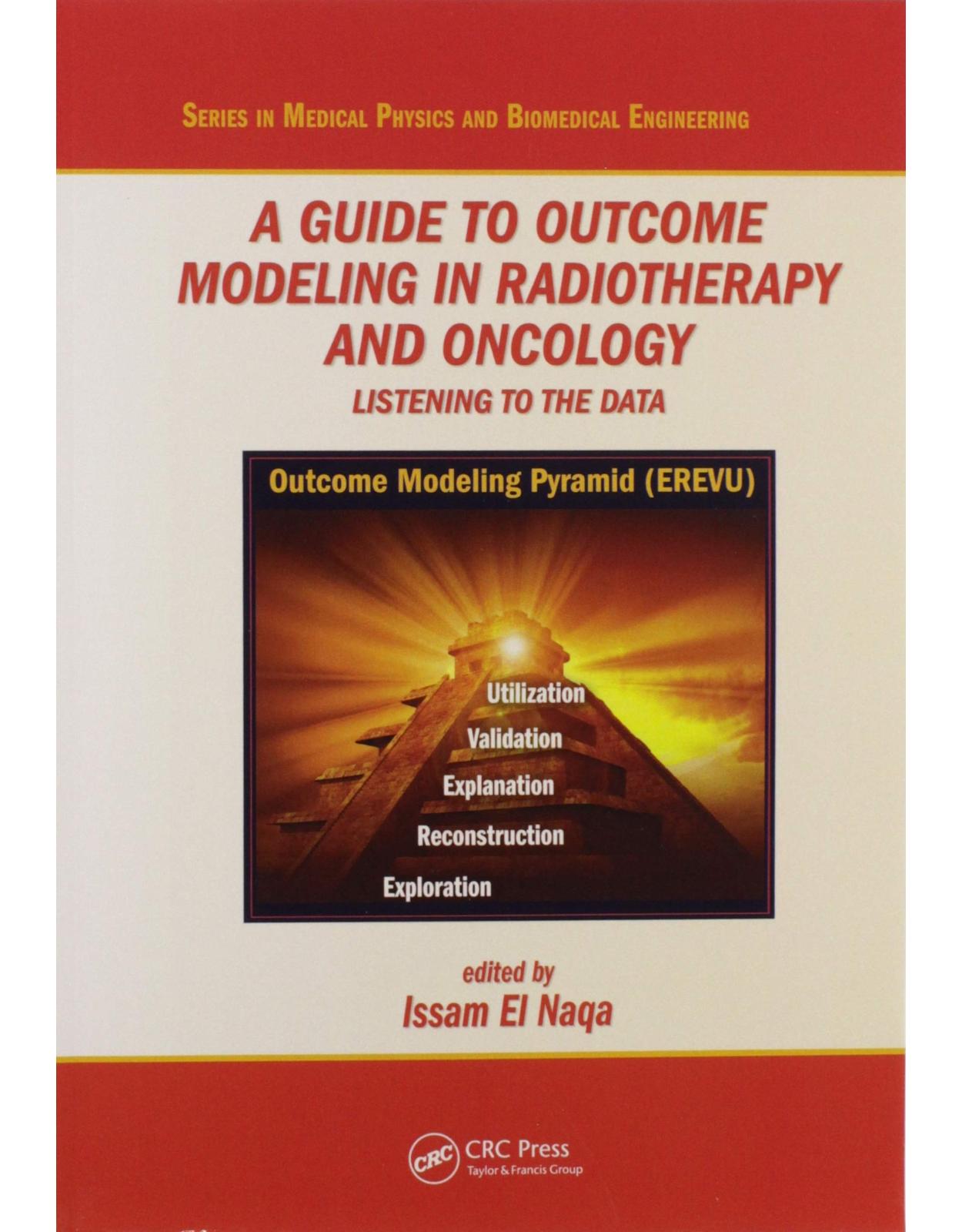

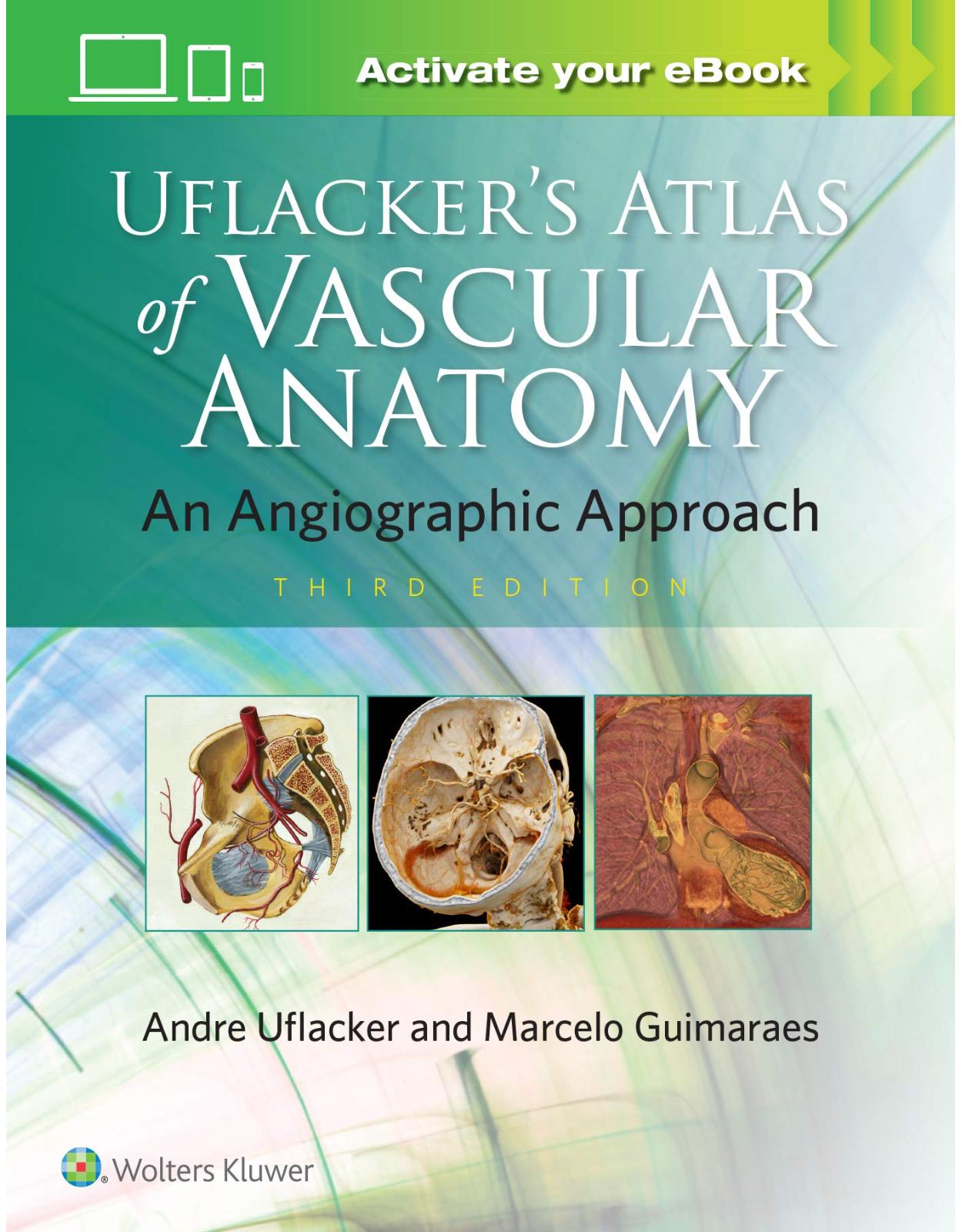
Clientii ebookshop.ro nu au adaugat inca opinii pentru acest produs. Fii primul care adauga o parere, folosind formularul de mai jos.